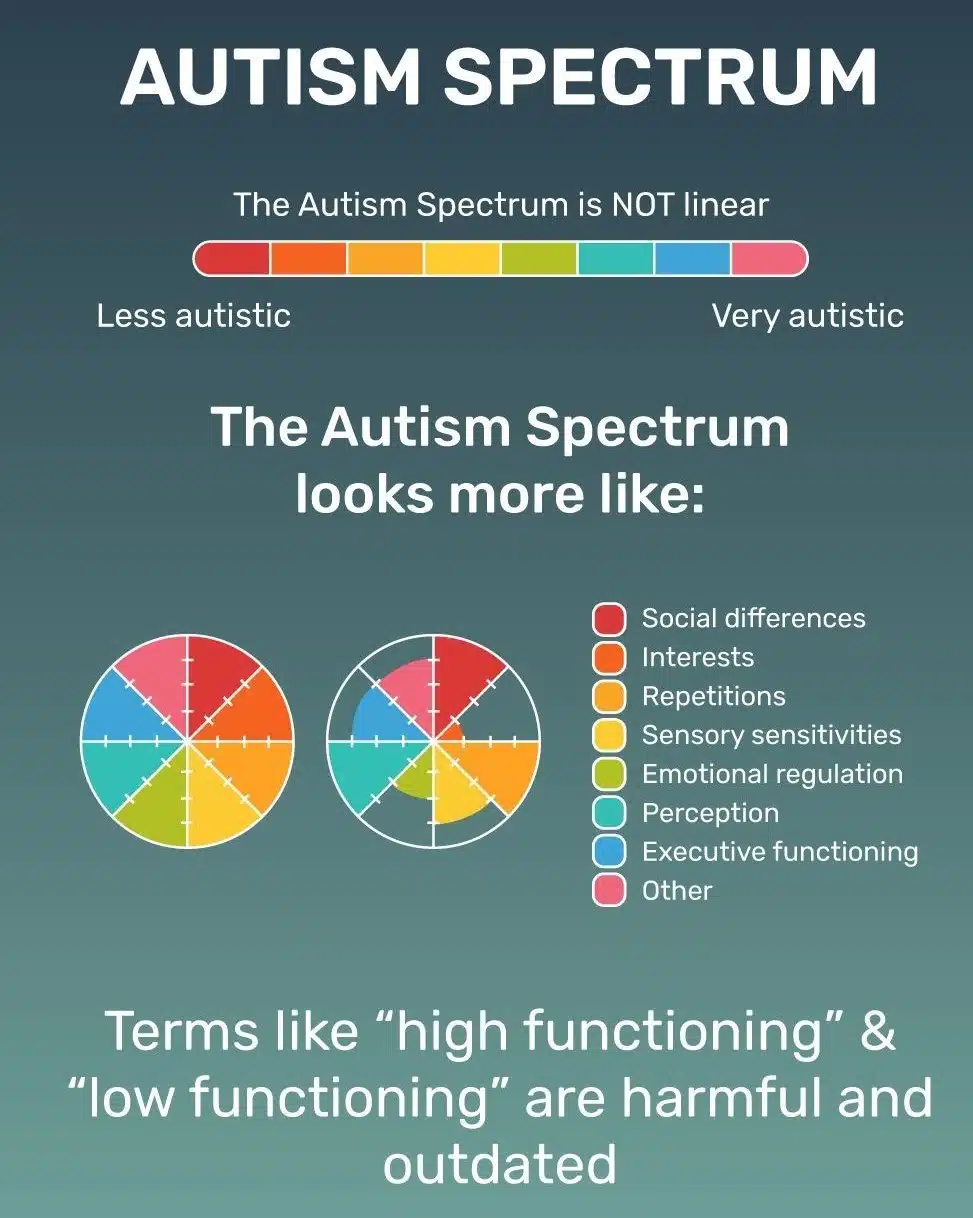A neurologist is a special doctor who helps kids with problems in their nervous system. This includes the brain, spine, and nerves in the body. Neurologists use special tests to check how the nervous system works and determine what’s causing any problems. They work with other doctors to help make sure kids get the best care for their special needs.













